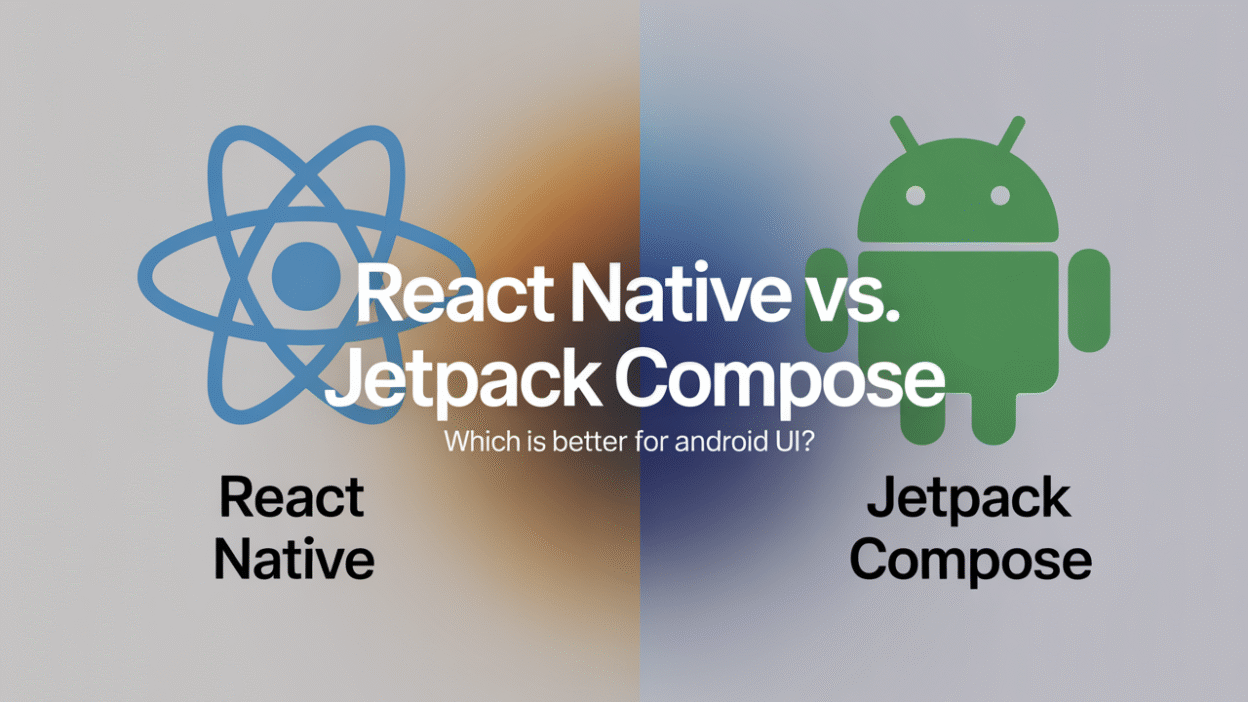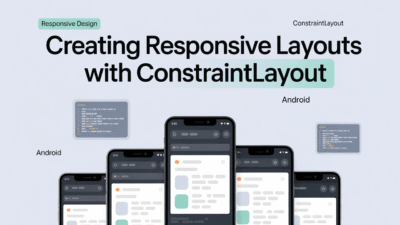When it comes to building user interfaces for Android applications, developers often find themselves at a crossroads between two popular technologies: React Native and Jetpack Compose. Each offers distinct advantages depending on the project’s needs, developer expertise, and long-term goals.
Understanding React Native
React Native is a well-established framework developed by Facebook that allows developers to build mobile applications using JavaScript or TypeScript . One of its most compelling features is its cross-platform capability, enabling a single codebase to run on both Android and iOS platforms with minimal changes . This can significantly reduce development time and costs when targeting multiple operating systems.
The declarative UI paradigm of React Native simplifies the development process, making it easier for developers to visualize the application flow and state management. Additionally, React Native boasts a vast ecosystem of third-party libraries and tools, which can expedite development further .
However, since React Native bridges native components through JavaScript, there might be slight performance trade-offs compared to purely native solutions. While these differences are often negligible for many applications, they could become noticeable in more complex, performance-intensive apps .
Delving into Jetpack Compose
Jetpack Compose, on the other hand, represents Google’s modern approach to building native Android UIs. Introduced as part of the Jetpack suite of libraries, Jetpack Compose streamlines the UI development process by reducing boilerplate code and introducing a more intuitive API based on Kotlin .
One significant advantage of Jetpack Compose is its tight integration with the Android platform, leading to potentially better performance due to direct rendering without intermediary layers found in cross-platform frameworks like React Native . This results in smoother animations and transitions, providing a more polished user experience .
Moreover, Jetpack Compose follows a declarative programming model similar to React Native, allowing developers familiar with one to transition relatively smoothly to the other . The learning curve may vary depending on prior experience with Kotlin versus JavaScript/TypeScript.
Choosing Between Cross-Platform and Native Development
Deciding whether to use React Native or Jetpack Compose largely depends on specific project requirements. If your goal is to develop an app that runs seamlessly across both Android and iOS while minimizing duplicated effort, React Native might be the preferable choice . Its mature community support and extensive library offerings make it suitable for rapid prototyping and scaling up small to medium-sized projects efficiently .
Conversely, if you’re focusing solely on delivering high-quality native Android experiences where every pixel matters, leveraging Jetpack Compose would align better with those objectives. By utilizing this toolkit, you ensure optimal utilization of device capabilities alongside enhanced visual fidelity aligned closely with Material Design principles set forth by Google .
In summary, neither option stands outright superior; instead, their suitability hinges upon contextual factors such as target audience reach, desired feature set, team skillset, and maintenance considerations over time. As always, evaluating these aspects thoroughly before committing resources will help guide informed decisions tailored specifically towards achieving business success within today’s competitive digital landscape .


